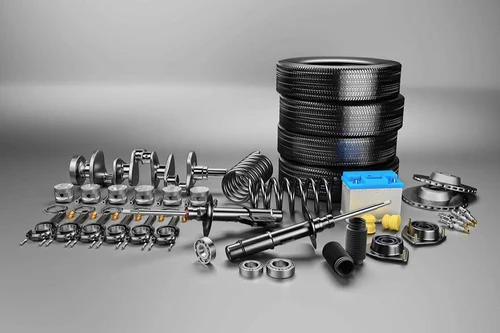When was the last time you gave your aircraft supplies a proper review? Whether you’re maintaining a personal plane, managing a fleet, or working in aviation support, ensuring your equipment is up to date is critical for safety and efficiency. Old or subpar supplies can lead to headaches – or worse – down the line. Let’s look at five key signs it might be time for an upgrade. Are any of these sounding familiar?
1. Frequent Repairs or Replacements
Does it feel like something is always breaking down or wearing out? If your tools and equipment are constantly in for repairs or needing replacements, it’s a major red flag. Sure, some wear and tear is normal, but frequent issues suggest your supplies are nearing the end of their lifespan. Think about it: how much time and money are you wasting on repairs that could be avoided with newer, more reliable equipment?
Newer models often come with improved durability, better materials, and updated features that can save you frustration. For example, advanced fasteners or updated inspection tools can handle tougher conditions and last longer, reducing the need for constant maintenance.
2. Outdated Technology
Aviation is an industry where technology moves quickly. If you’re still using tools or equipment designed a decade ago, you’re likely missing out on significant advancements. Modern equipment is often more precise, lightweight, and efficient than its predecessors. Plus, many newer products integrate seamlessly with digital systems, giving you access to real-time data and analytics.
Consider the time and efficiency you could save with updated avionics testing tools or portable ground power units. These tools not only streamline operations but can also improve safety by ensuring accurate performance checks. Pilot John is an excellent resource for finding cutting-edge aviation equipment that meets today’s rigorous standards. Staying current doesn’t just make your work easier; it can help you keep pace with industry expectations and regulations.
3. Difficulty Meeting Safety Standards
Aviation safety standards aren’t just recommendations; they’re essential for protecting lives. But as standards evolve, your equipment needs to evolve with them. Using outdated supplies could mean you’re not meeting the latest regulations, putting your aircraft and passengers at unnecessary risk. Are your fire extinguishers, emergency kits, or maintenance tools compliant with the latest guidelines?
Audits and inspections can be stressful when you know your equipment might not pass. Upgrading to newer, certified supplies gives you peace of mind and ensures you’re prepared for whatever comes your way.
- Fire extinguishers – Are they certified to meet the latest aviation fire safety regulations? Check their expiration dates and ensure they’re suitable for your aircraft type.
- Emergency equipment – Includes life vests, oxygen systems, and first aid kits. Do they comply with current safety standards, and are they within their serviceable lifespan?
- Maintenance tools – Ensure calibration tools and inspection devices are accurate and meet the requirements for modern aircraft systems.
- Lighting systems – Emergency and runway lighting must function reliably and meet brightness and durability standards.
- Escape routes and signage – Verify that all exit signage and emergency markings align with updated safety protocols.
4. Increased Downtime
Does maintenance seem to take longer than it should? If your tools and equipment aren’t performing efficiently, it can lead to delays that disrupt your schedule. Whether it’s faulty diagnostic tools or worn-out ground support equipment, outdated supplies often slow things down and create unnecessary bottlenecks.
- Faulty diagnostic tools – Outdated tools often provide inaccurate readings or fail when needed.
- Slow refueling systems – Modern systems can significantly reduce turnaround times.
- Inefficient lifts or jacks – Equipment that slows inspections can create unnecessary bottlenecks.
- Obsolete ground power units – Older units may lack compatibility with newer aircraft systems.
- Worn-out spare parts – Having outdated or low-quality spare parts increases the risk of delays during maintenance.
Upgraded equipment is typically designed for faster, more reliable operation. For instance, modern refueling systems can reduce turnaround times, while improved jacks and lifts make inspections quicker and safer. Streamlining these processes not only saves time but also keeps your aircraft ready for action when you need it most.
5. Visible Wear and Tear
Sometimes, the signs are as plain as day. If your equipment looks worn out, it probably is. Cracks, rust, fraying, or fading are all indications that it’s time for a replacement. These aren’t just cosmetic issues; they can affect the functionality and safety of your supplies. For example, damaged hoses or corroded fasteners could fail when you need them most.
Even small defects can escalate into bigger problems. Replacing visibly worn equipment proactively is a smart move that can prevent unexpected failures. Think about it: would you rather deal with a problem during routine maintenance or in the middle of an important operation?
Staying Ahead of the Game
Upgrading your aircraft supplies might seem like a hassle, but the benefits far outweigh the effort.
Take a moment to assess your current setup. If you’ve noticed any of the signs above, it’s worth exploring your options for newer, better equipment. After all, your aircraft deserves the best.
